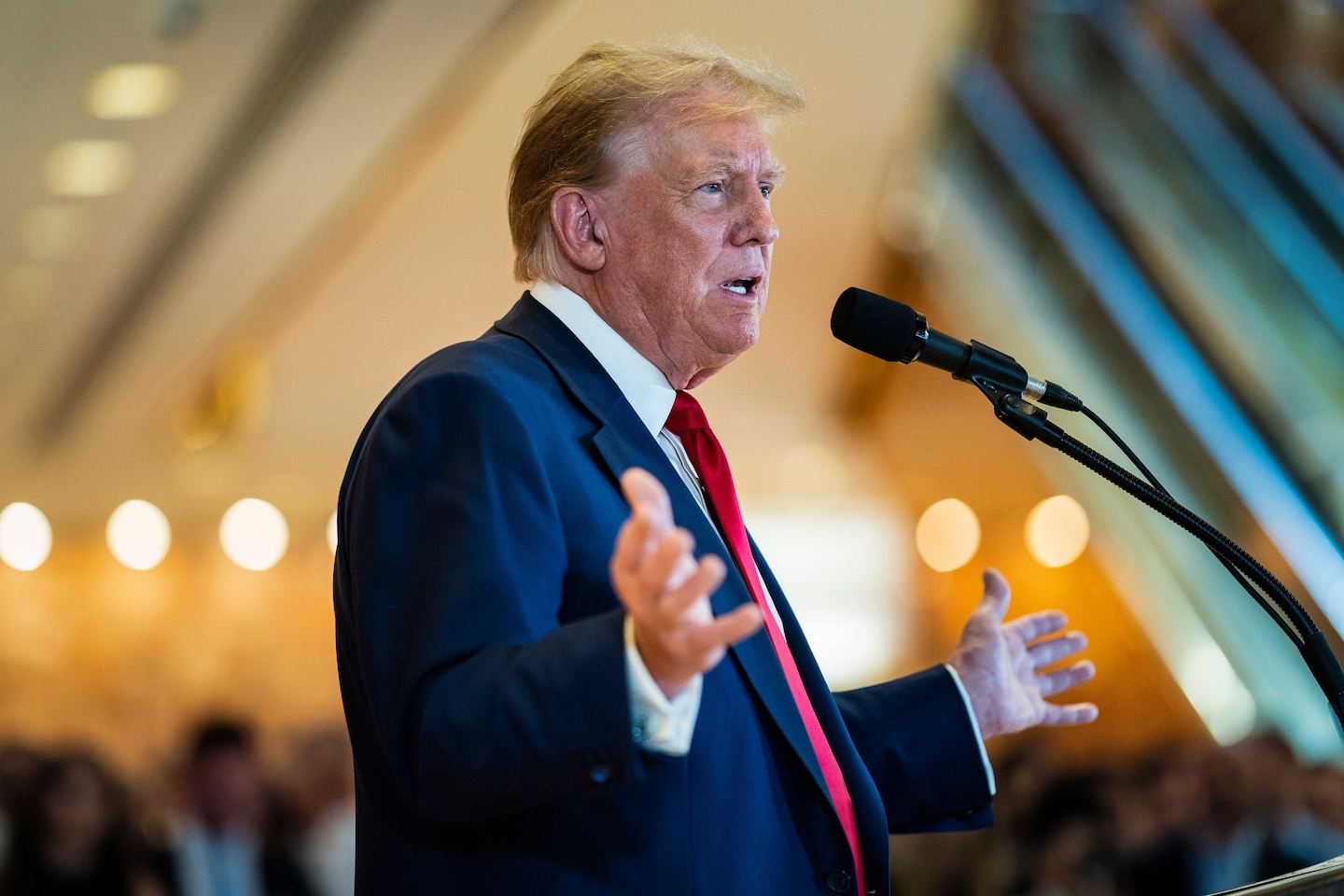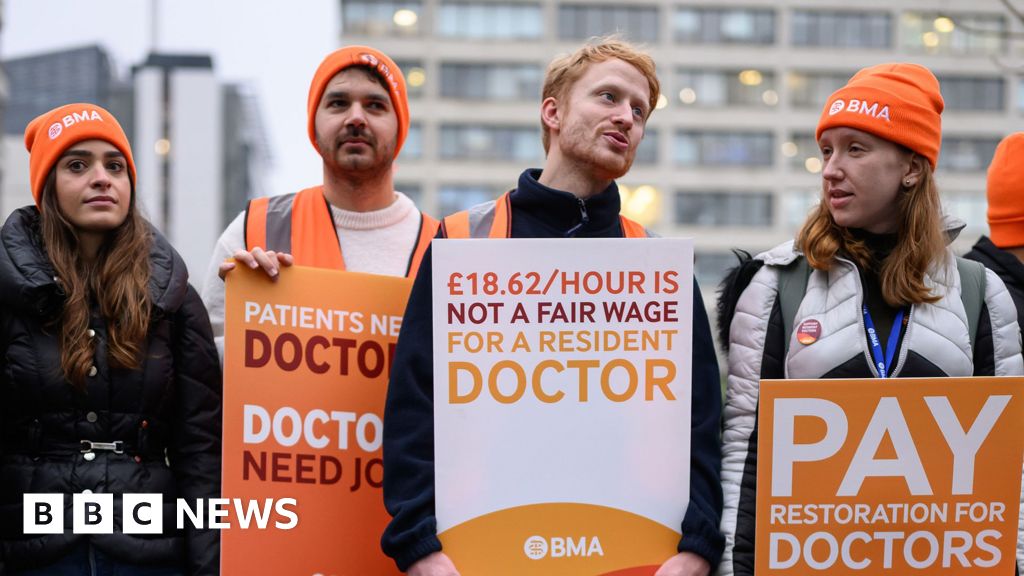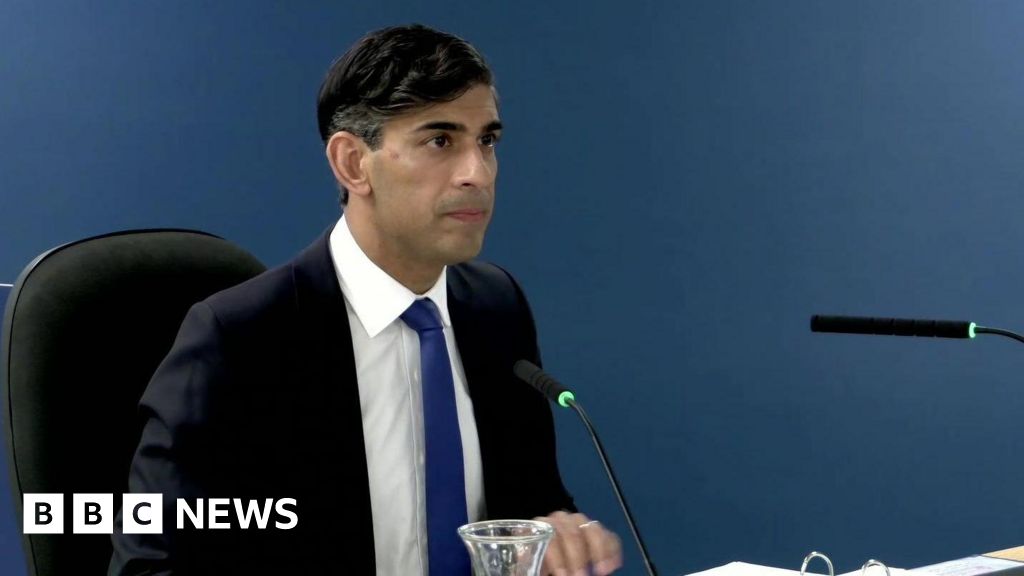
Trump’s claim that Biden lost 88,000 children, with many now ‘dead’
- Politics
- June 10, 2024
- No Comment
- 258
“You know, we have 88,000 missing children now. Can you imagine if that were Trump that had 88,000 missing children, 88,000? That’s a holocaust. That’s as bad as, I mean, think of it.”
— Trump, in an interview with Dr. Phil, June 6
One of Trump’s signature moves is to turn a criticism of him into an attack on his opponents. When Trump was president, he implemented a “zero tolerance” policy at the border that resulted in children being separated from their families. The policy was widely condemned before Trump reversed course. President Biden, calling it “a moral failure,” made it a major issue in the 2020 presidential campaign. After Biden took office, he formed a task force to identify about 5,000 children who had been separated from their families.
So it’s no surprise that Trump would accuse Biden of doing something similar. It’s also no surprise that he would wildly exaggerate the meaning of a number based on fact. The children aren’t missing — and they aren’t dead. In effect, they haven’t responded to phone calls from a government agency.
But Trump has a point that there might be more outrage if he were president. When a similar statistic emerged during his presidency — though a much lower number of 1,475 — Democrats in 2018 such as Sen. Tim Kaine (D-Va.) decried “1,500 lost children,” and The Washington Post published an article about the uproar, which included reference to a #WhereAreTheChildren campaign.
Both the number cited by Trump and the one by Kaine refer to children who crossed the border without an adult guardian and whom the federal government is supposed to assist. But, confusingly, they are calculated with different metrics and reflect much different time periods.
Let’s dig into these figures and explore what they really mean.
A complicated system of laws and court cases govern the treatment of children who arrive at the border without an accompanying adult.
A legal agreement known as the “Flores settlement,” struck by President Bill Clinton’s administration in 1997, requires the federal government to release, rather than detain, undocumented immigrant children — first to their parents if possible, to other adult relatives if not and to licensed programs willing to accept custody if no relatives are available. Then, a law signed by President George W. Bush, the William Wilberforce Trafficking Victims Protection Reauthorization Act of 2008, said unaccompanied children are exempt from prompt return to their home country, unless they come from Mexico or Canada. The fear was that otherwise the children might be stuck across the border, where they could be trafficked.
Separately, when the Immigration and Naturalization Service was dismantled and the Department of Homeland Security was created in 2002, responsibility for the care and placement of those children was given to an arm of the Health and Human Services Department — the Office of Refugee Resettlement. That means Homeland Security, which encountered the children, must refer them to HHS within 72 hours after border agents detain and process them at the border. As part of the refugee office’s protocol, case managers are supposed to try three times to check on the status of a child between 30 and 37 days after release to a sponsor, preferably by having a conversation with the child in addition to the sponsor.
But it’s not a legal requirement for HHS to make the calls — and it’s not required that children or the sponsor answer. Trump administration officials made that point when they came under fire for the 1,500 “lost” children.
“We are not in custody of the children at that point,” Steven Wagner, the acting assistant secretary of the Administration for Children and Families at HHS, told reporters in 2018. “If you call a friend and they don’t answer the phone, you don’t assume that they’ve been kidnapped.”
The refugee agency was especially overwhelmed when a surge of unaccompanied children flooded across the border early in the Biden presidency. The number of referrals of undocumented children from DHS to HHS averaged just over 50,000 annually in the three fiscal years before the pandemic, compared to nearly 125,000 annually in the first three years of the Biden administration, though the numbers have decreased in the past six months.
An HHS inspector general report released in February said that in 22 percent of cases in March and April 2021, the refugee agency failed to make the phone calls within 38 days after a child was resettled. “For calls that occurred late, the median length of time before a call was placed was 122 days,” the report said. “The latest call that occurred for a child in our sample took place 324 days after this child was released.”
Now let’s unpack the numbers used in this debate.
The 1,500 figure used in Trump’s term came from a report that studied a three-month period, October to December 2017, when 7,635 children were resettled by HHS. The report found that HHS staff reached a sponsor 81 percent of the time. That meant 19 percent — or 1,475 — were not reached. That number was rounded up to 1,500 in news reports.
The 88,000 figure used by Trump comes from a harrowing 2023 New York Times investigation (which won a Pulitzer Prize) about how the flood of undocumented children across the border has led to sponsors forcing underage children to work in brutal conditions, with many missing school. (The Biden administration pledged to fix the problems in response to the articles.)
The New York Times figure, which actually was 85,000, reflects how many children could not be reached over a two-year calendar period (2021-2022). So the period of time is longer, but the number also uses a different standard — under the protocol HHS is supposed to reach both sponsor and child because a sponsor might mislead HHS about whether the child is working rather than attending school. Data obtained by the Times showed that in roughly 34 percent of calls, HHS was not able to reach the child.
The Times article was carefully written — “the agency could not reach more than 85,000 children” — but that has not stopped Republicans from weaponizing its number as “lost,” just as Democrats did under Trump.
In response to the Times report, the Biden administration has stressed that in 81 percent of cases, either the child or the sponsor (or both) has been reached — the same percentage as under Trump. That figure is a subset of the Times figure, which does not count speaking to a sponsor on behalf of a child as having reached the child. The administration has not addressed the metric used by the New York Times, but there’s no indication it has improved in the past year.
From Biden’s inauguration through last month, roughly 400,000 unaccompanied children (who are not from Mexico) have come across the border and been referred to HHS. Using the percentages shown above, that roughly calculates into:
- 75,000 — neither a child nor a sponsor could be reached.
- 135,000 — the child could not be reached.
Applying the same metrics to the first three years of Trump, when about 160,000 unaccompanied children were referred to HHS, calculates into:
- 30,000 — neither the child nor a sponsor could be reached.
- 54,000 — the child could not be reached.
In other words, HHS’s ability to reach children or their sponsors isn’t any better under Biden than it was under Trump. The main difference is that the numbers coming across the border are so much higher under Biden, so the number of children who can’t be reached is almost three times as large.
As for Trump’s rhetoric that many of the children are probably dead and that it’s a “holocaust,” that’s ridiculous. The New York Times tracked down many children and had interviews with them. By his own logic, Trump could be accused of losing 54,000 children. A campaign spokesman did not respond to a request for an explanation.
“Congressional Republicans and others continue to misuse the data or blatantly lie,” HHS spokesman Jeff Nesbit said in a statement. “HHS and several other federal agencies assist and provide services to unaccompanied children who arrive in the United States. HHS takes custody of a child from DHS and provides care until the child is released to a vetted sponsor. Following the [child’s] release to a vetted sponsor, HHS voluntarily places an initial wellbeing call. In addition, HHS offers post-release services including counseling and support to help children enroll in schools, as well as facilitating legal assistance at court hearings. It is erroneous and dangerous for anyone to misrepresent data to fear monger.”
As usual, Trump takes a fact and twists it into an absurdity. The Biden administration’s inability to reach undocumented children in the United States — especially in light of the Times reporting — is a serious issue. Indeed, the 85,000 figure in the New York Times is now out of date. Our calculations suggest it’s now about 135,000.
But the Trump administration’s performance in reaching children appears to be not any better — and no one is claiming that the 54,000 children who were “lost” under Trump are now dead. Trump’s over-the-top rhetoric is in the Four Pinocchio realm, but unusually, he’s relying on a legitimate news report for his figure. And his “missing” rhetoric is little different from the way Democrats framed lower numbers during his administration. So we will award him Three Pinocchios for the number.
Send us facts to check by filling out this form
Sign up for The Fact Checker weekly newsletter
The Fact Checker is a verified signatory to the International Fact-Checking Network code of principles
#Trumps #claim #Biden #lost #children #dead








